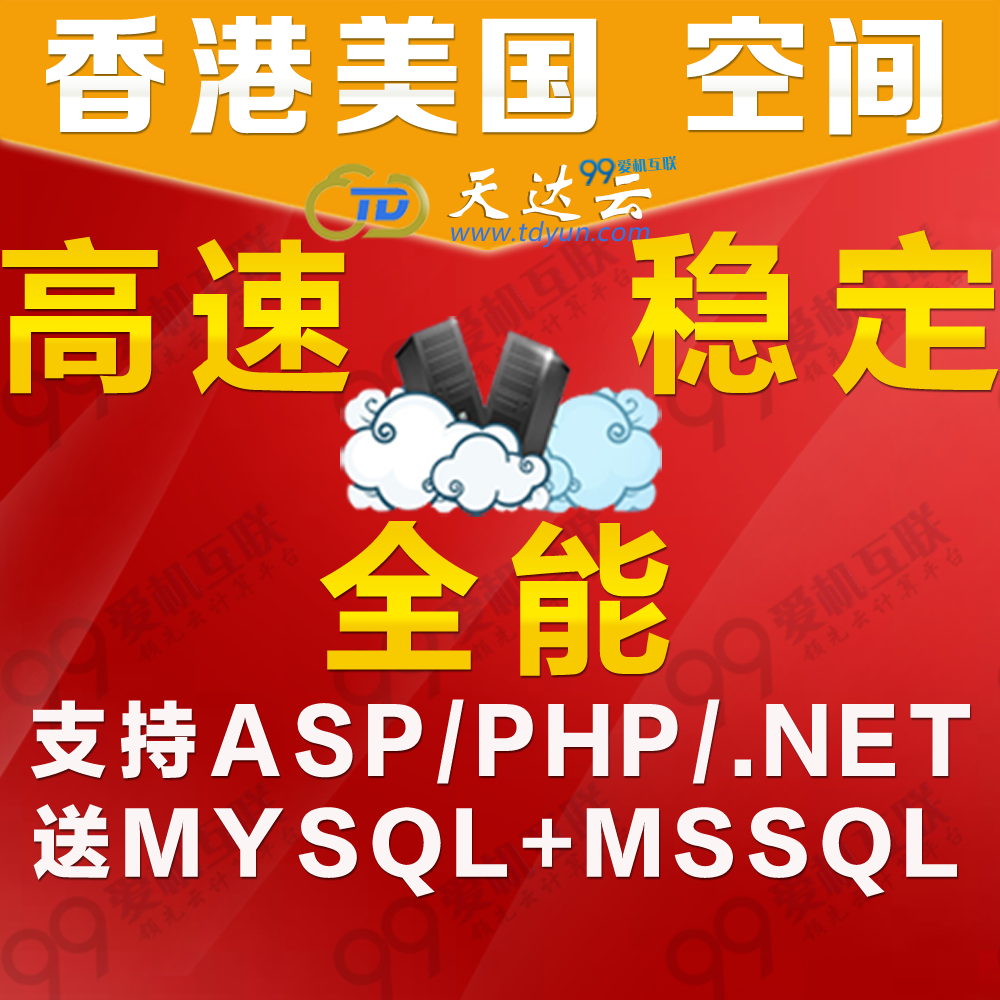游标性能对比解决方案
日期:2014-05-17 浏览次数:20960 次
游标性能对比
性能对比 哪个好?为什么
------解决方案--------------------
- SQL code
declare
type rci is ref cursor;
l_cursor rci;
begin
for i in 1..7000
loop
open l_cursor for
'select a from t where a = :a ' using i;
close l_cursor;
end loop;
end;
/
declare
cursor inputc (para_input in varchar2)
is select i from t where i = para_input;
begin
for i in 1..7000
loop
open inputc(i);
close inputc;
end loop;
end;
/
性能对比 哪个好?为什么
------解决方案--------------------
- SQL code
create table t(a integer);
begin
for i in 1..10000 loop
insert into t values(i);
commit;
end loop;
end;
/
1.
declare
type rci is ref cursor;
l_cursor rci;
start_time number;
end_time number;
begin
start_time := dbms_utility.get_time;
for i in 1 .. 7000 loop
open l_cursor for 'select a from t where a = :a '
using i;
close l_cursor;
end loop;
end_time := dbms_utility.get_time;
dbms_output.put_line(end_time - start_time);
end;
/
2.
declare
cursor inputc (para_input in varchar2)
is select a from t where a = para_input;
start_time number;
end_time number;
begin
start_time := dbms_utility.get_time;
for i in 1..7000
loop
open inputc(i);
close inputc;
end loop;
end_time := dbms_utility.get_time;
dbms_output.put_line(end_time-start_time);
end;
/
各自运行十次结果比较
1 2
------
26 9
25 9
27 9
27 9
27 9
29 10
26 11
29 9
26 10
27 10
------解决方案--------------------
1楼展示的结果里说明第一种情况用时要多一些。
使用1楼加载了数据的t表,运行2个块:
下面的结果则显示了第1种情况发生了更多的硬解析(STAT...parse count (total)行的比较)和递归调用(STAT...recursive calls),这应该是1用时更多的原因。
Run1 latches total的结果显示的上latch的使用情况,latch是串行资源,影响并发。
这里奇怪第一种情况用的latch更少些。
Run1 ran in 37 cpu hsecs
Run2 ran in 20 cpu hsecs
run 1 ran in 185% of the time
Name Run1 Run2 Diff
STAT...parse count (total) 7,006 7 -6,999
STAT...recursive calls 21,001 7,001 -14,000
Run1 latches total versus runs -- difference and pct
Run1 Run2 Diff Pct
382 447 65 85.46%
PL/SQL procedure successfully completed
结论:第2个块性能更好
免责声明: 本文仅代表作者个人观点,与爱易网无关。其原创性以及文中陈述文字和内容未经本站证实,对本文以及其中全部或者部分内容、文字的真实性、完整性、及时性本站不作任何保证或承诺,请读者仅作参考,并请自行核实相关内容。
